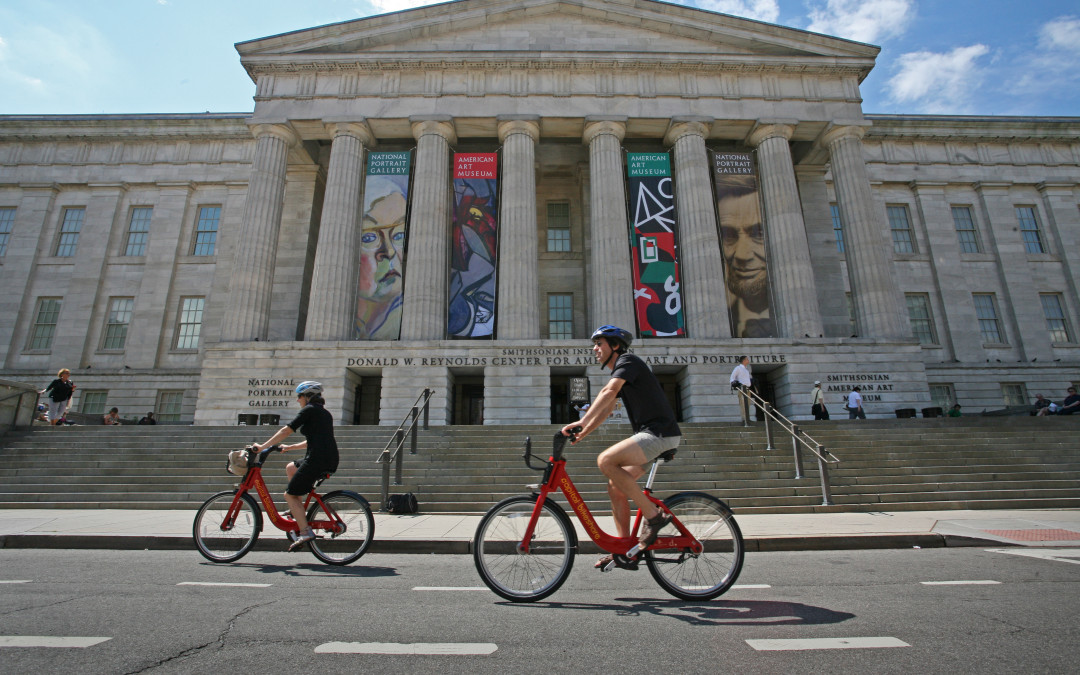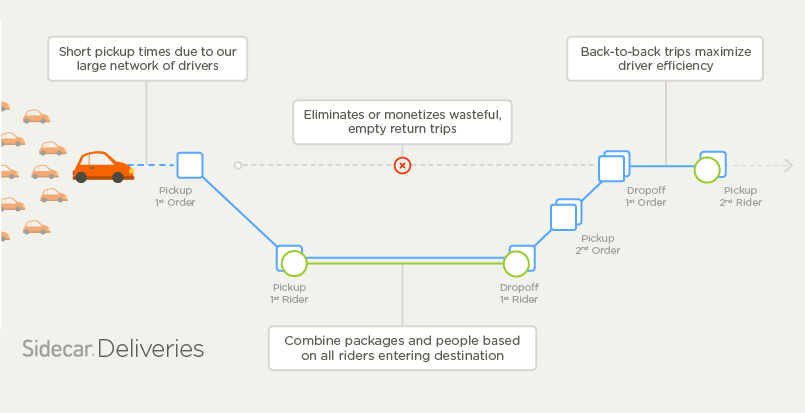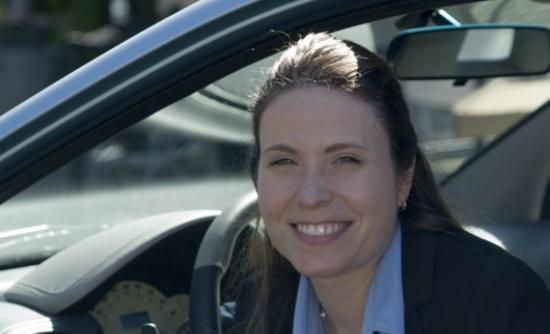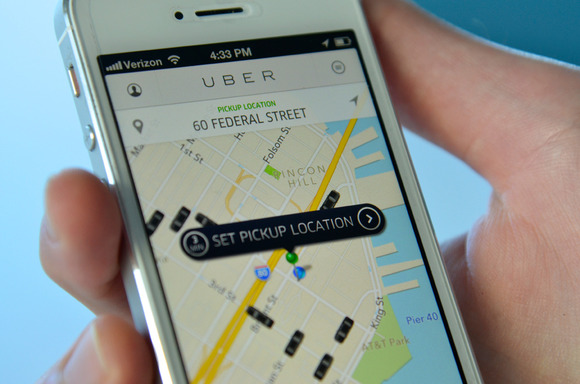
by mattchristensen00 | Feb 20, 2015 |
This workshop was sponsored by the Emerging and Innovative Public Transport and Technologies Committee (AP020); Shared-Use Mobility and Public Transit Subcommittee (AP020(1)); Emerging Ridesharing Solutions Joint Subcommittee (AP020(2)); Automated Transit Systems (AP040) Committee of the Transportation Research Board of the National Academies — Prepared by Susan Shaheen, PhD and Matthew Christensen, Transportation Sustainability Research Center, University of California, Berkeley On Sunday, January 11, 2015, Professor Susan Shaheen from the University of California, Berkeley and Jeffrey Chernick from RideAmigos led a one-day workshop on the present and future of shared-use mobility at the Transportation Research Board annual meeting in Washington, DC. The workshop featured speakers representing the various shared-use modes, other private sector representatives, and public sector officials, and many topics were discussed. Some of the highlights included: the role of integrated mobile payment; the need to integrate shared ride services with paratransit to increase its benefits; and autonomous vehicle technologies in the future of shared-use mobility. Public-private partnerships are critical to the future of transportation, and collaboration among different groups will be key to the development of effective mobility systems. In the opening session, Highlights from the Innovation in Mobility Public Policy Summit (IMPPS), Jason Pavluchuk from Pavluchuk & Associates recapped the key points from the IMPPS that was held in June 2014 in Washington, DC. More than 250 people attended the summit, which focused primarily on federal and local policy, and industry innovation. It was noted that while innovation moves more quickly than policy, some cities are beginning to develop frameworks to better manage innovation. On a national scale, Pavluchuk described that federal policy and capital programs have not...

by Jaelen Loche | Feb 9, 2015 |
By Sunil Paul If you’ve taken a ride in San Francisco lately, there’s a good chance there was a passenger in the trunk — a package! For the past six months, we’ve been working with leading companies in e-commerce, hot food, flowers and groceries to provide same-day delivery of thousands of packages. By combining people and packages, Sidecar offers companies same-day delivery at prices that are 80% cheaper than traditional services, and cuts delivery times in half. We’re seeing explosive growth with same-day delivery already representing 10% of our ride volume in San Francisco. Today, we’re excited to announce we’re expanding our same-day delivery service nationwide. Same-day delivery will represent half of our business by the end of 2015. Our vision is that one day any business will be able to take an order and get it to the customer in an hour, and Sidecar will be the service that powers this capability. Why people + packages is a game changer We’ve figured out the fastest and lowest cost same-day delivery approach and it’s a win for e-commerce companies, drivers and riders. Sidecar Deliveries makes the cost of same-day delivery dramatically cheaper for companies who integrate with our API — up to 1/5 the price of traditional shippers and cuts the delivery time in half. This unique combination of people and packages makes shipping so affordable, same-day delivery is now accessible for large and small businesses alike. Sidecar Deliveries is also a big win for drivers because their time is better utilized and they are busier for longer periods of time. During our test period, Sidecar drivers earned 75%...

by Jaelen Loche | Feb 4, 2015 |
By Laurent Barelier Integrating shared-use mobilities with government-owned public transit services is regarded as a notable opportunity and challenge in urban transportation. Such integration will help in solving the first-and-last mile problem, creating a valuable synergy between public transportation and shared-use mobility services. Shared-used mobilities often complement and sometimes compete with public transportation. Bikesharing systems, for example,provide opportunities to complete first-and-last mile connections to public transit networks. That was not possible before. It is a complex situation: shifts away from public transit are most prominent in core urban environments with high population density and transit vehicles often over-crowded at peak periods. Shifts toward public transit in response to bikesharing appear most prevalent in lower density regions on the urban periphery and in less dense regions…* To read the full article, click...

by Jaelen Loche | Feb 2, 2015 |
By Sachin Shenolikar There is no speed limit to the pace of change in ride sharing and ride sourcing. Companies such as Uber and Lyft made this activity a national phenomenon, but smaller businesses are also transforming the ecosystem with new ideas for getting around cities. To make matters even more complicated, grassroots movements such as casual carpooling now allow commuters to take even greater control of their trips. Can safety regulations and laws keep up? This is a major challenge in the years ahead. Real Business spoke with Susan Shaheen of the University of California-Berkeley Transportation Sustainability Research Center about what to expect in the near future. To read the full article, click...

by mattchristensen00 | Oct 31, 2014 |
By Serena Saitto As the oldest of three kids, Baily Deeter was often the last to be picked up from school by his mother. Then Uber Technologies Inc. came along. When Baily started ninth grade in August, his parents gave him an account for the mobile car-booking application, under his dad’s name and credit card. Now rather than wait for his mom, the 14-year-old taps on his iPhone to order an Uber car for the seven-mile ride home from school in Atherton, California. “I’m very happy to have an Uber account,” said the teen. “It shows the trust that my parents have placed in me and it allows me to get from place to place in a flash.” His father, Byron Deeter, is a venture capitalist at Bessemer Venture Partners, who said he regrets not having invested in Uber. Like the Deeters, parents in cities from Los Angeles to New York who can’t make the drive themselves are also starting to use car-booking and ride-sharing apps to ferry their kids around. Parents are particularly turning to the apps for teenagers’ transportation needs to sports events and parties, said Brian Solis, an analyst at Altimeter Group, a San Mateo, California-based firm that researches the impact of new technologies. The apps let parents monitor where their children are during rides, something taxis and other modes of transport still don’t offer. “Having an Uber account is a growing trend, especially among high schoolers, reflective of the trust-based sharing economy,” said Solis, who also pays for an Uber account for his 17-year-old son. Car Ownership The use of Uber and other transportation apps...






